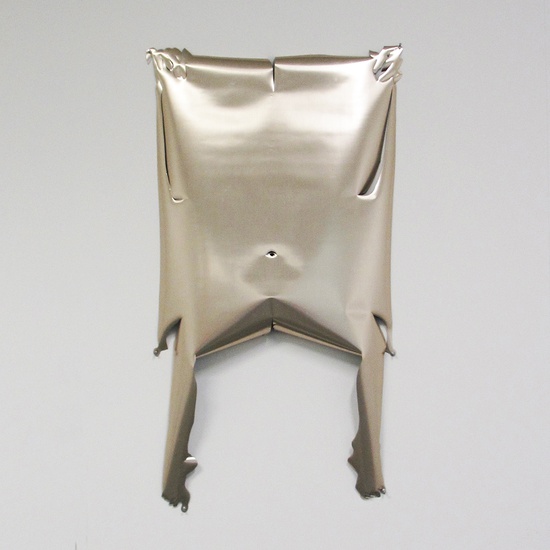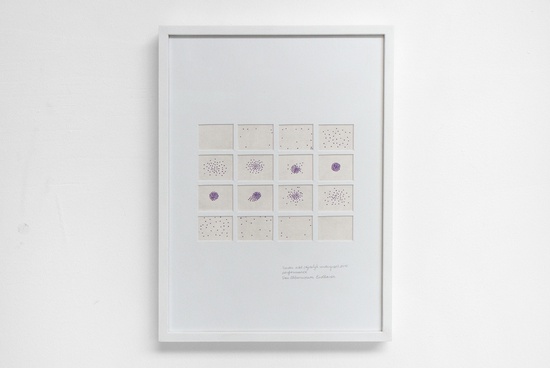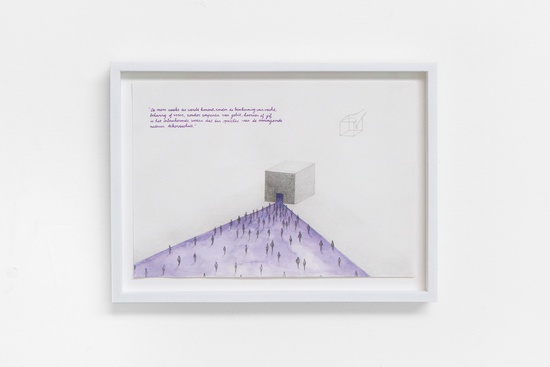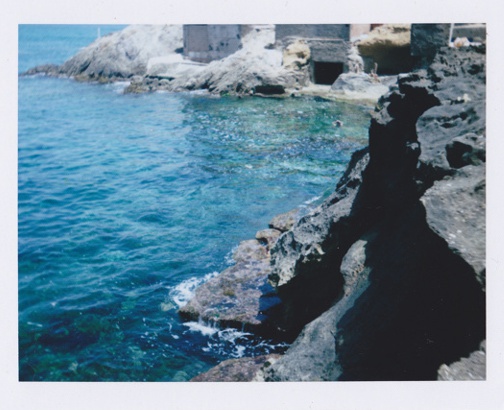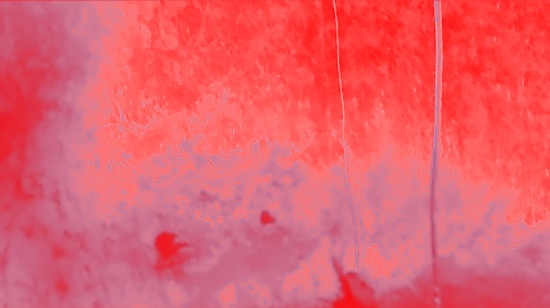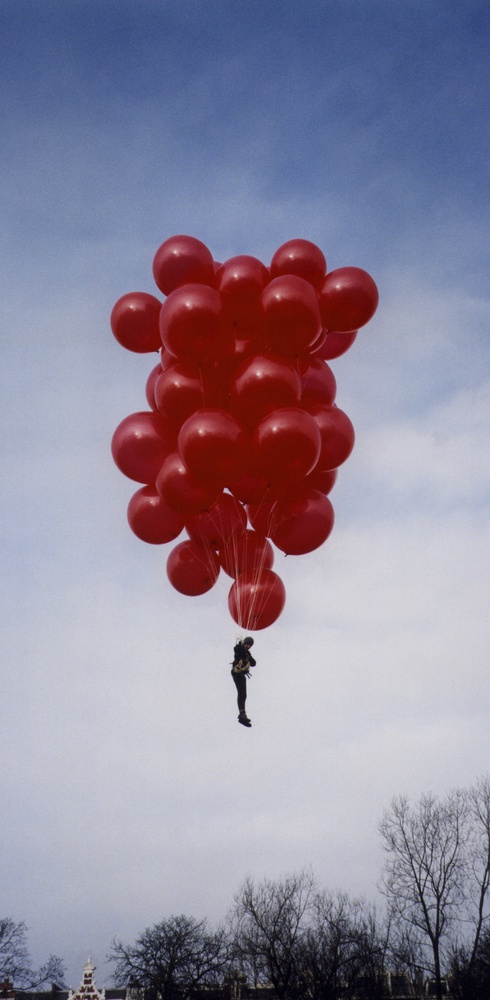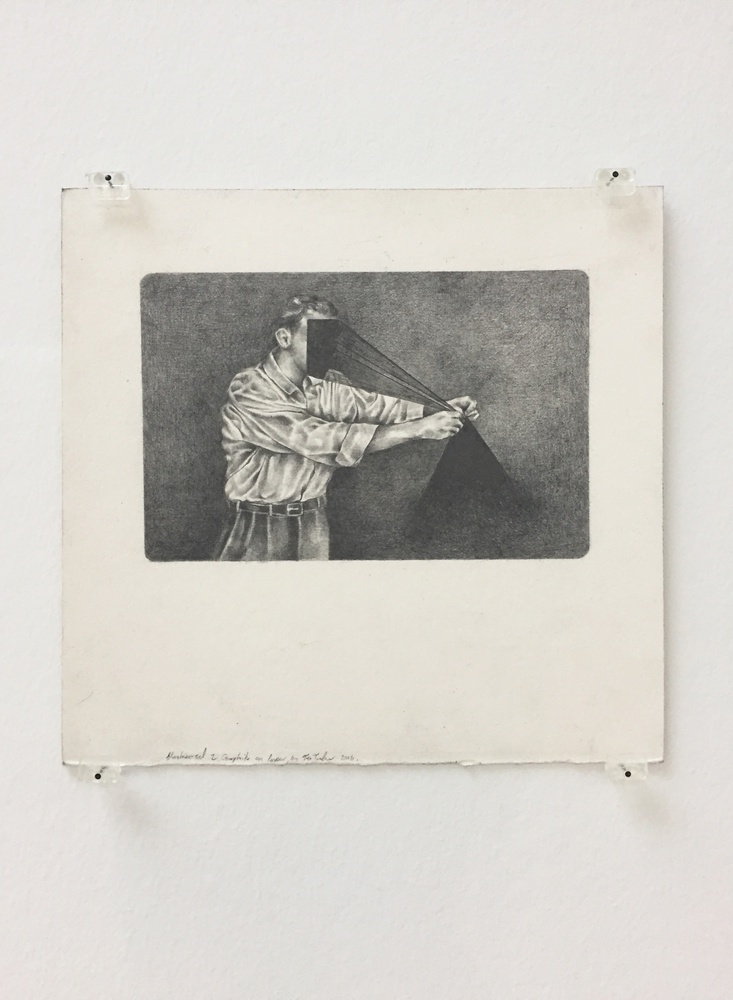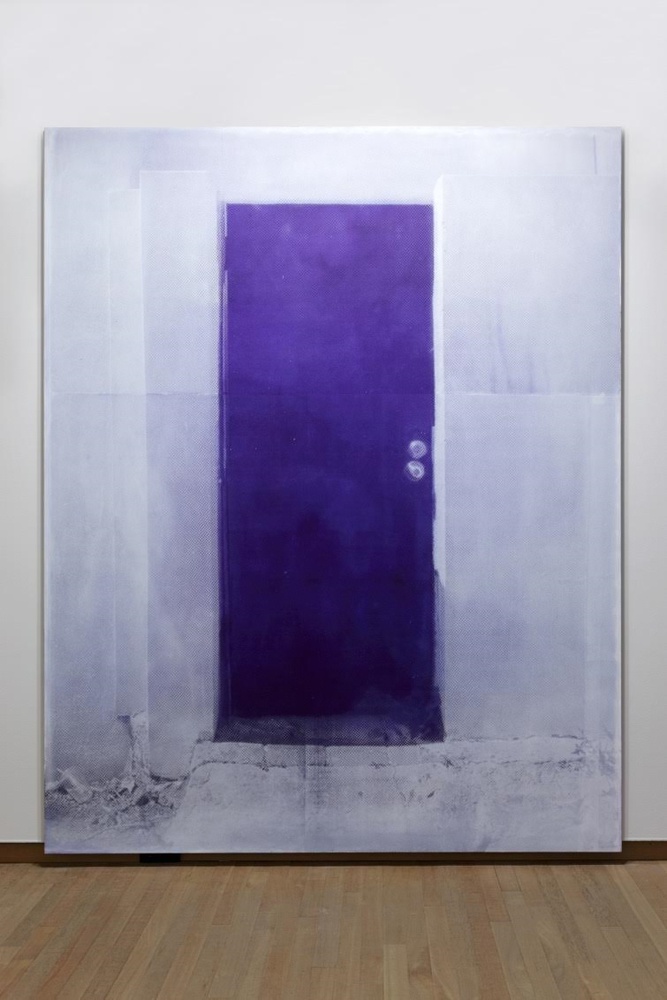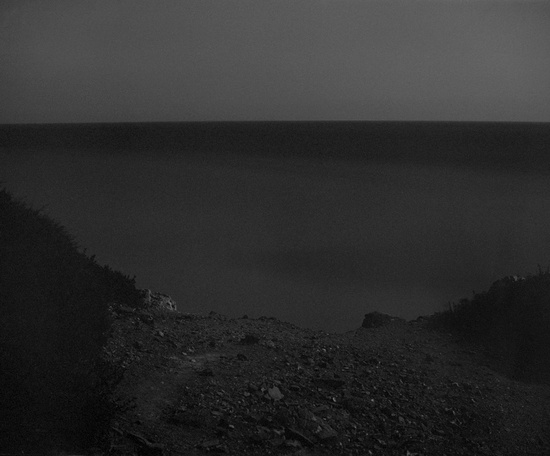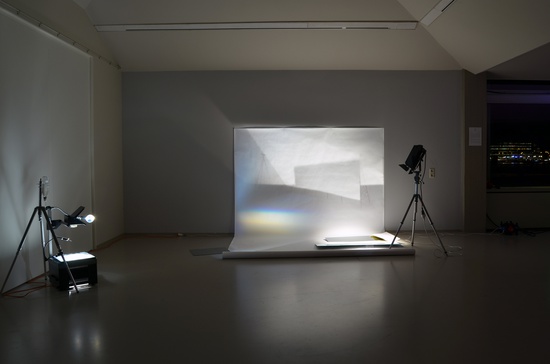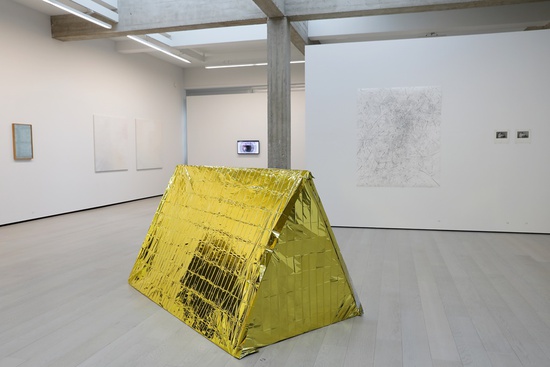- Karin Arink, Misamee, 2015
- Karin Arink, Hiding behind the shine, 2014
- Semâ Bekirovic, Event Horizon, 2010
- Semâ Bekirovic, Kubus 02, 2017
- Semâ Bekirovic, Kubus 02, 2017
- Nik Christensen, Another Bad Ritual, 2015
- Constant Dullaart, http:// ooooooooooooooooooooooooooooooooooooooo.ooo, 2016
- Constant Dullaart, http:// ooooooooooooooooooooooooooooooooooooooo.ooo, 2016
- Kim Habers, Zonder titel, 2016
- Cindy Moorman, Untitled (tijdelijk verdwijnen), 2010
- Cindy Moorman, Untitled (tijdelijk verdwijnen), 2010
- Cindy Moorman, Untitled (tijdelijk verdwijnen), 2010
- Cindy Moorman, Untitled (tijdelijk verdwijnen), 2010
- Lydia Ourahmane, "Fleeing will save us", 2016
- Lydia Ourahmane, Corales, 2016
- Lydia Ourahmane, Arzew, 2016
- Lydia Ourahmane, Cap Blanche, 2015
- Sebastiaan Schlicher, Let us be silent that we may hear the whispers of the gods (I am here and I am not at work), 2017
- Sebastiaan Schlicher, Dead River (I was born again), 2017
- Fiona Tan, Lift, 2000
- Teo Treloar, Black Geometry 15, 2016
- Joan van Barneveld, Musik Mystik portal, 2016
- Joan van Barneveld, Mirror, 2015
- Joan van Barneveld, Say yes, 2016
- Awoiska van der Molen, nr. 348-18, 2013
- Awoiska van der Molen, nr. 422-7, 2015
- Awoiska van der Molen, nr. 444-14, 2016
- Roos van Haaften, To leave the stage unseen, 2015
- Sarah van Sonsbeeck, Anti Drone Tent, 2013
- Sarah van Sonsbeeck, Security Space #0, 2017
- Teo Treloar, Black Geometry 16, 2016
ExhibitionHow to disappear completely
That there / That's not me / I go / Where I please / I walk through walls / I float down the Liffey / I'm not here / This isn't happening / I'm not here / I'm not here
- Radiohead, 'How to disappear completely'
Everyone has felt the need to withdraw from everyday reality where everything has a fixed form and place. The desire to flee to an imaginary world, become immersed in a larger entity or disconnect from your own mind or shape. The idea of disappearing appeals to our imagination in a universal way. From children playing hide-and-seek to film characters who can become invisible.
In this age in which modern technologies register all our movements, it has become harder than ever to disappear from the radar. In addition to our physical place in the world, we are also bound by a virtual existence in which the boundary between private and public is becoming increasingly blurred. The digital 'breadcrumbs' we leave behind during our online wanderings continue to swirl endlessly round in an uncontrollable entanglement of structures. In a society in which we are continually visible and accessible, the fantasy of disappearing emerges as an inevitable counterweight.
In contrast to the concrete nature of daily life, disappearing is an undefined in-between phase. Something that we regard as having disappeared, still possesses the possibility of returning, finding or being found. It represents an open end. Just as that which is invisible is not actually absent: we are simply unable to see it. What remains is a feeling, a trace or a memory.
In How to disappear completely, fourteen artists express the longing to transcend perceptible reality. Their works reflect a fascination for capturing that which is invisible or concealing that which is visible.


